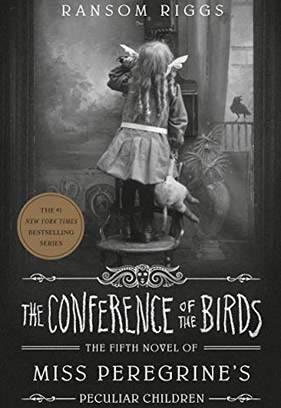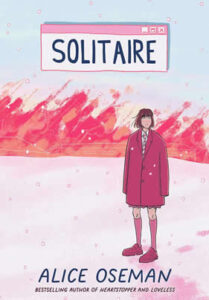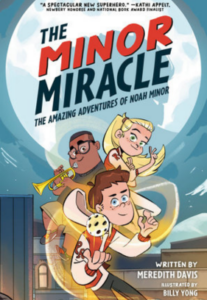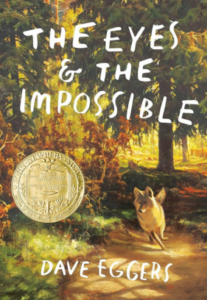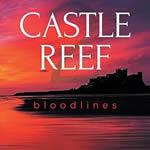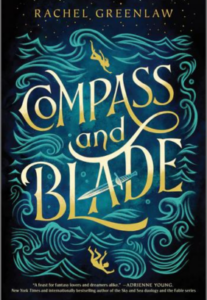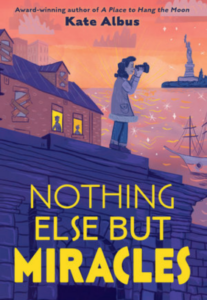With his dying words, an aging man named H asks his grandson Jacob to help a new peculiar (a child with special powers) named Noor to escape a hidden time loop she has been trapped in. H wants Jacob to get Noor to V, the last living hollow-slayer, for Noor’s protection. The only clues to V’s whereabouts, though, are a piece of a map and garbled instructions. H sacrifices himself willingly because he believes Noor is part of a prophecy in which she, along with six others, will save the world of peculiars.
With the aid of his friends, Bronwyn and Hugh, Jacob helps Noor escape and get to their home with Miss Peregrine, now in Devil’s Acre. At home, the rest of Jacob’s friends join in on the adventure. Olive, Emma, Claire, Millard, Horace and Enoch want to help Jacob and Noor, no matter the costs. (Fiona, one of their group from previous books, is missing.)
Miss Peregrine joins them, and they discuss the prophecy involving Noor and the bit of map that leads to the mysterious V. However, the map has no location markers, so it is impossible to place it. The group looks to Millard, a scholar of all things peculiar, to search the archives and find the location of the map fragment and more information about the prophecy.
Miss Peregrine has been busy, too. She is part of the Conference of the Birds. There, the ymbrynes—the females who watch over groups of peculiar children—are in discussions with American clan leaders to keep war from breaking out. The negotiation gets interrupted when a bomb goes off, and the evil wights escape prison.
One wight that that has escaped is Percival Murnau, the evil Caul’s second in command. They find out that the wights are working to resurrect Caul and free him from the closed loop Miss Peregrine trapped him in. To do this, they are collecting items, dark items, needed for the resurrection.
As Jacob and Noor’s initial attraction grows into a relationship, they struggle to handle everything. They must help keep peace between the American clans, stop the wights from getting the ingredients to resurrect Caul, and still find V, who has purposely hidden herself away from Noor. The odds are against them and the clues are baffling, but the group works together to save their world and each other.



